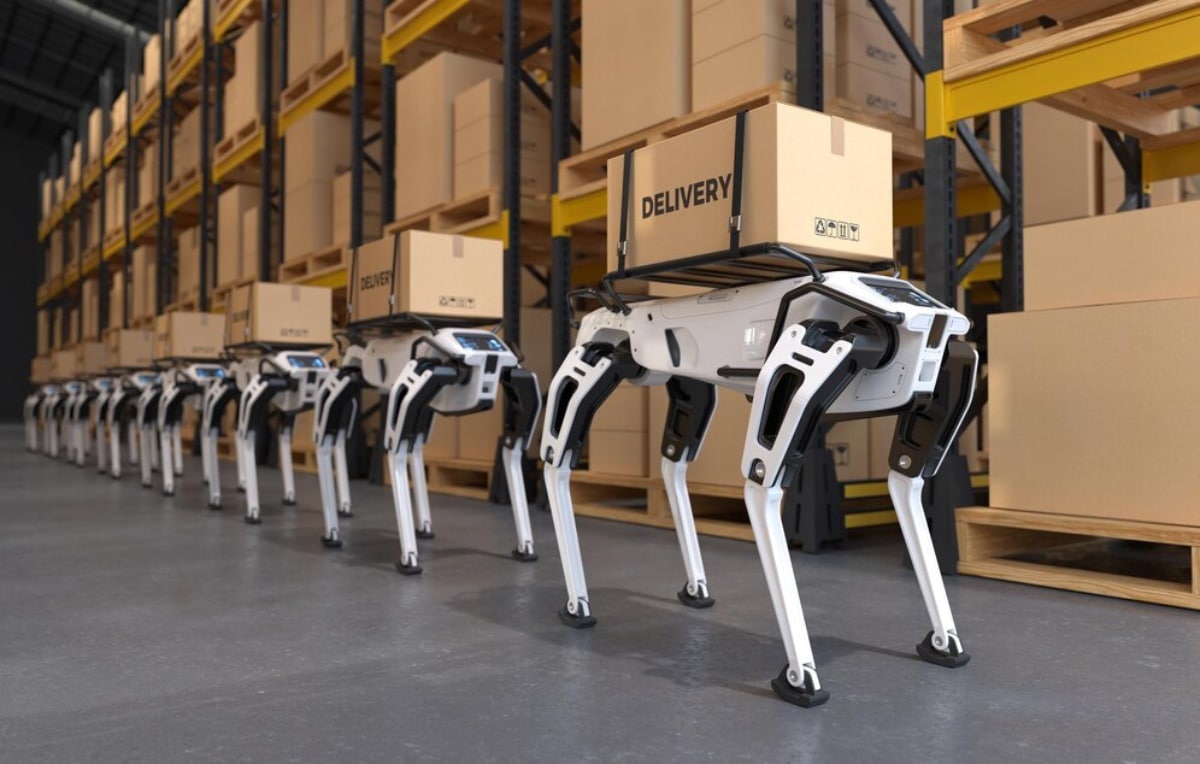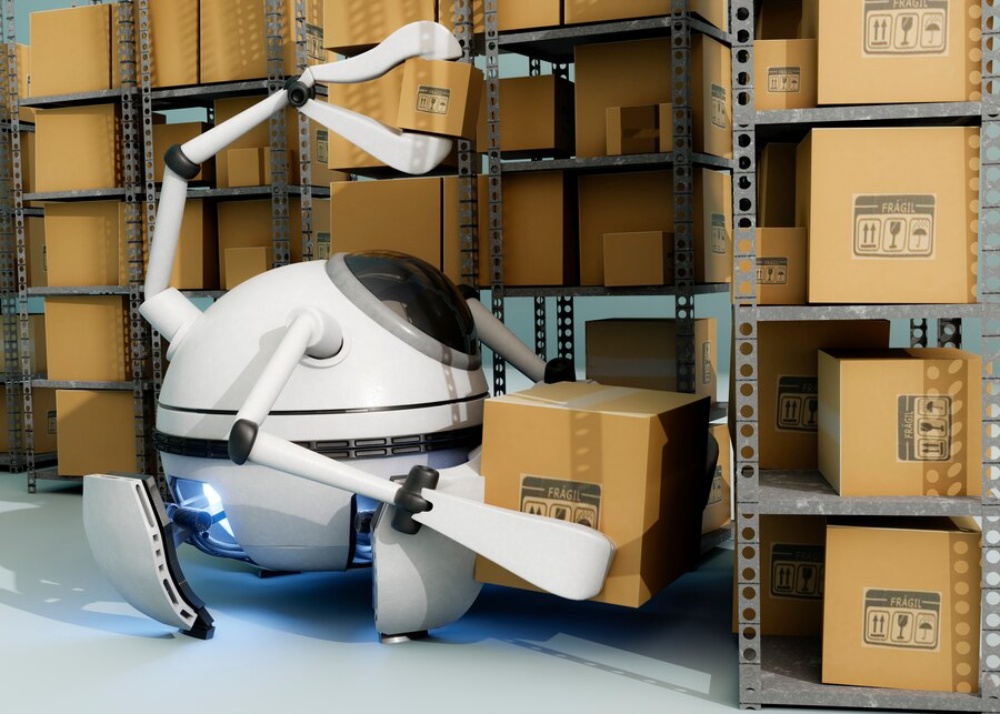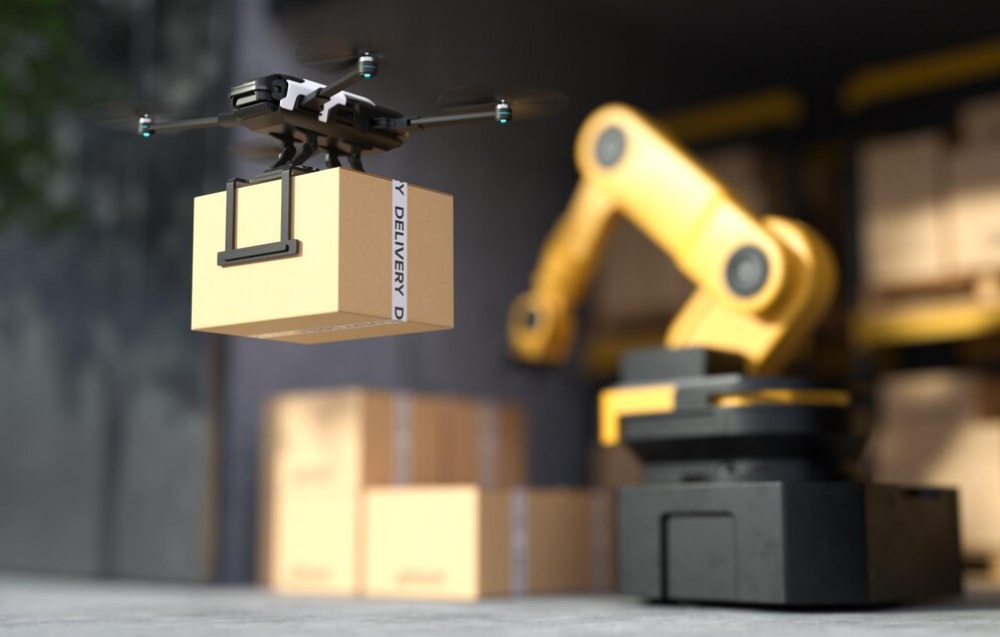
Innovations in Retail Supply Chain Automation
The New Era of Supply Chain Automation
In today’s fast-paced digital economy, retail success hinges on more than just great products and slick marketing. Retail supply chain automation is changing how we source, store, ship, and sell goods. Supply chain automation is here, not in the future. It’s key to retail efficiency. This includes AI-driven demand forecasting and robotics in warehouses.
This blog post looks at new technologies that are transforming the retail supply chain. It discusses how businesses use automation to stay competitive. Lastly, it examines the future of logistics and retail tech.
No matter if you’re a retail executive, logistics pro, or tech fan, you’ll learn about the tools and strategies changing supply chains worldwide.
The Importance of Supply Chain Automation in Retail
Meeting Rising Customer Expectations
Consumers today expect faster delivery, seamless order tracking, and greater transparency. Meeting these demands while staying cost-efficient is tough for manual processes.
Minimising Operational Costs
Automation helps retailers cut down on:
- Labour expenses
- Human error
- Inventory waste
- Delivery delays
This translates into improved margins and greater scalability.
Enabling Agility and Responsiveness
In a post-pandemic world, agility is key. Automated systems help businesses react quickly to changes in demand, supply issues, and market shifts. This speed is much better than using traditional methods.
Key Technologies Powering Supply Chain Automation
Artificial Intelligence (AI) and Machine Learning

AI is the brain behind smart supply chains. AI helps supply chains become smarter and more flexible. It uses predictive analytics for inventory planning. Also, it automates decisions in sourcing and shipping.
Real-World Example:
Retail giants like Amazon use machine learning. This helps them predict which products customers want and where to place them. This leads to very efficient stock placement.
Robotics and Automation in Warehousing

Robots now handle tasks like:
- Picking and packing
- Shelving and sorting
- Labelling and scanning
These robots operate 24/7 with minimal errors, speeding up order fulfilment significantly.
Case Study:
Ocado, a British online supermarket, utilises hundreds of robots in a grid system to process over 65,000 orders weekly.
Internet of Things (IoT)
IoT devices provide real-time data on:
- Inventory levels
- Equipment performance
- Delivery conditions (e.g., temperature for perishables)
This ensures tighter control over quality and operations.
Blockchain for Transparency
Blockchain boosts traceability in the supply chain. It records each transaction in a secure and unchangeable ledger. This boosts trust and efficiency, particularly in high-value or regulated goods.
Enhancing Logistics Efficiency Through Automation
Smart Transportation Management Systems (TMS)
TMS platforms now use AI to:
- Optimise delivery routes
- Predict delays
- Automate carrier selection
These systems lower fuel costs and ensure timely deliveries.
Autonomous Delivery Vehicles
Self-driving delivery vans and drones are reducing last-mile delivery time.
- Starship Technologies: Offers autonomous delivery robots for short-range urban logistics.
- Amazon Scout: A six-wheeled robot delivering packages directly to doorsteps.
Dynamic Inventory Management
Smart systems keep an eye on stock in real-time. They automatically order more when levels fall below set limits. This helps prevent both overstocking and stockouts.
Reverse Logistics Automation
Returns are an inevitable part of retail. Automation helps retailers streamline return logistics, reselling or recycling returned items efficiently.
Integrating Automation Across Retail Channels
Omnichannel Fulfilment
Modern customers shop across platforms—web, mobile, in-store. Retailers use automation to handle orders from different channels in one system. This boosts:
- Inventory accuracy
- Fulfilment speed
- Customer satisfaction
Personalised Customer Experience
Retailers can connect customer data to supply chain systems. This lets them provide real-time product availability, delivery estimates, and promotions that fit individual behaviours.
Case in Point:
Zara uses digital tech in its stores and online to sync inventory. This helps restock quickly, cuts down on excess stock, and boosts availability.
Overcoming Challenges in Implementing Supply Chain Automation
High Initial Investment
Robotics, AI systems, and advanced software require significant upfront capital. Retailers must weigh the long-term ROI against short-term financial strain.
Integration with Legacy Systems
Many businesses operate on outdated platforms. To use modern automation tools, you need smooth APIs and good migration plans. This helps avoid problems in operations.
Workforce Upskilling
While automation reduces manual tasks, it increases the demand for tech-savvy talent. Investing in staff training and development is essential.
Future Trends in Retail Supply Chain Automation
AI-Driven Forecasting
Advanced predictive models will enable retailers to plan inventory months in advance based on:
- Consumer behaviour
- Seasonal trends
- Market signals
Edge Computing
Edge computing processes data near its source, like in a store or warehouse. This cuts down latency and allows for quick responses.
Sustainable Automation
Retailers are seeking eco-friendly automation solutions:
- Electric delivery fleets
- Energy-efficient warehouses
- Smart routing to cut emissions
Hyper-Personalisation
Brands can link customer data to supply chain systems. This way, they can provide personalised delivery options and restocking alerts based on how customers use products.
Case Studies: Automation in Action
Amazon: A Pioneer in Full-Scale Automation
Amazon uses robotics, AI, and predictive analytics across its supply chain. Its Kiva robots have cut order fulfilment time by 50%. This enables same-day deliveries in many areas.
Walmart: Integrating Automation with Human Insight
Walmart combines automated inventory systems with human oversight. It uses shelf-scanning robots and IoT sensors to keep shelves stocked and stores efficient.
JD.com: Drone Delivery at Scale
In rural China, JD.com uses drones to deliver packages where traditional vehicles struggle. This innovation has expanded their customer base significantly.
Practical Steps for Retailers to Begin Automation
- Conduct a Supply Chain Audit
- Identify manual processes
- Pinpoint bottlenecks
- Set Clear Objectives
- Speed? Cost reduction? Sustainability?
- Choose the Right Technologies
- Prioritise based on ROI and feasibility
- Pilot Small Projects
- Test with a single warehouse or product line
- Monitor and Scale
- Use analytics to track progress and scale what works
Conclusion: Embracing the Automated Retail Future

Retailers that invest in supply chain automation can better manage disruptions, satisfy customers, and grow efficiently. Now, AI, robotics, and IoT are easier to access. This means mid-sized businesses can use automation too. They can stay competitive in the market.
Retailers can boost their success in the digital age. They can do this by mixing innovation with smart planning. This way, they turn their supply chains into smart, responsive networks.
Ready to future-proof your retail business? Start exploring automation tools tailored to your unique needs and goals. The future of retail is automated—don’t get left behind.


